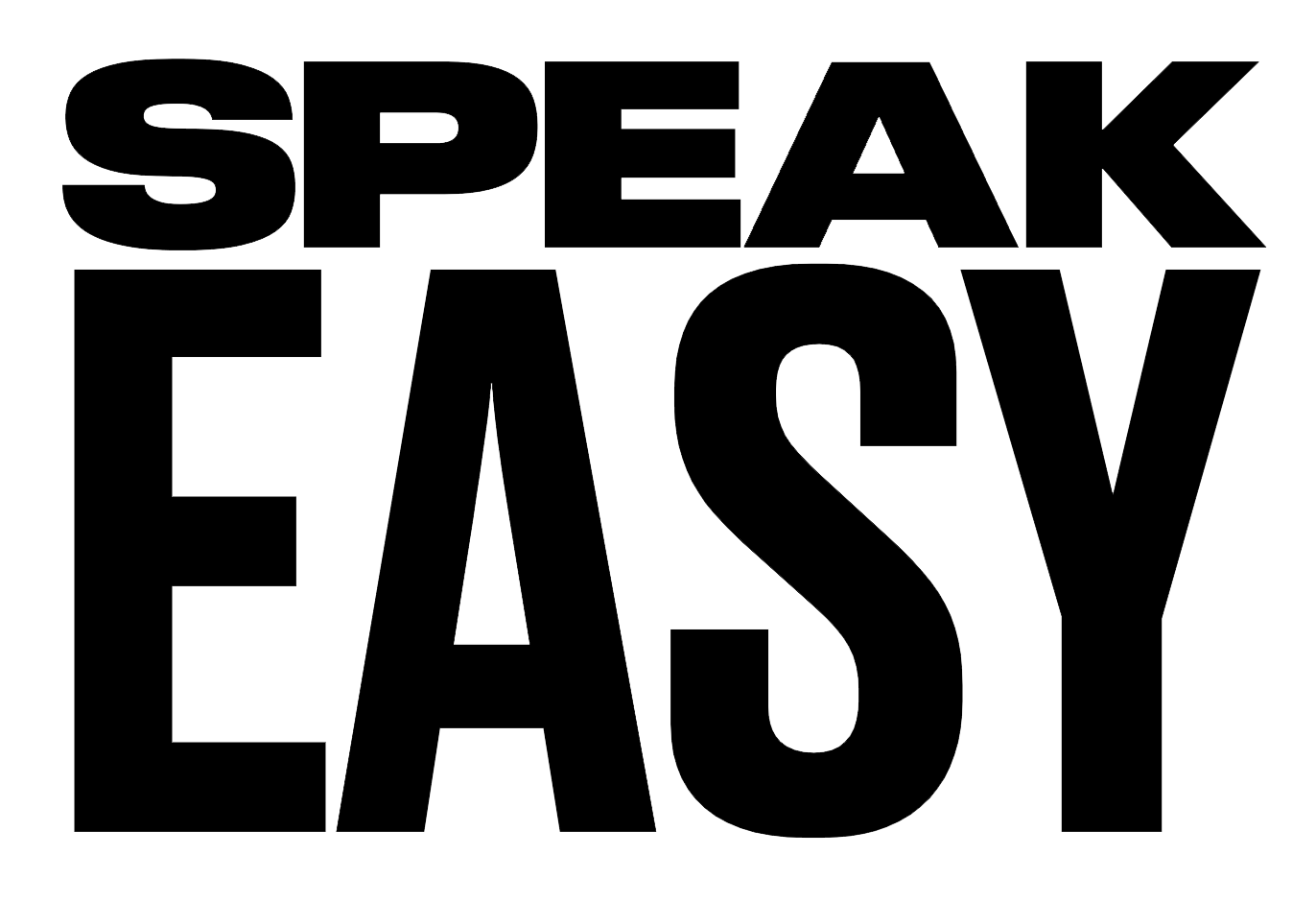Web3 Glossary
Web3 is an idea for a new iteration of the World Wide Web based on blockchain technology, which incorporates concepts such as decentralization and token-based economics.
Web3
Fork
a change to a blockchain’s protocol. When these changes are minor, this results in a soft fork. When the changes are more fundamental, this may result in a hard fork, leading to the formation of a separate chain with different rules.
Web3
Fractionalize
the process of locking an NFT into a smart contract, and then dividing it into smaller parts which are issued as fungible tokens. This lowers the price of ownership and allows artwork and other digital assets to be owned by a community.
Web3
FUD- Fear, Uncertainty, and Doubt
news around an asset that seems negative, but turns out to be false or blown out of proportion.
Web3
Full Node
a blockchain node which stores the blockchain’s complete history, as well as verifies and relays transactions.
Web3
Fungible
interchangeable; exchangeable with something else of the same kind.
Web3
Gas
a fee paid by a user to conduct a transaction or execute a smart contract on the Ethereum blockchain. This fee is dependent upon the transaction’s complexity as well as the current demand on the network.
Web3
Genesis Block
the very first block of a blockchain network.
Web3
GMI
short for “gonna make it.” This term is frequently thrown around on Twitter to voice support for a project or person.
Web3
Gwei
a denomination of ether used as the unit of measure for Ethereum gas prices. 10^9 gwei = 1 ether.
Web3
Hard Fork
a fundamental change to a blockchain that is not compatible with the existing protocol, requiring the formation of a new chain.
Web3
Hash Rate
also referred to as hash power, this is the rate at which a computer can generate guesses to a cryptographic puzzle. Hash rate can also refer to the overall power being used by the entire network on a proof of work blockchain.
Web3
Hashing
the process of taking an input of any size and producing a corresponding fingerprint of a fixed-length. Hashing allows a set of data to be secured, stored, and recalled using a unique identifier code. This is the backbone of blockchain technology, allowing data and transactions to be verified and stored in a secure manner.
Web3
HFSP- Have Fun Staying Poor
a phrase commonly aimed at individuals who do not own any cryptocurrencies, or don’t believe in the value of a certain asset.
Web3
HODL
an expression meaning “hold” and frequently taken to be an acronym for Hold On for Dear Life. This term actually began its life as a typo on an old forum, Bitcointalk.org, where user GameKyuuby explained that he was “HODLING” his bitcoin as the price dropped. The misspelling quickly caught on and is still used today.
Web3
ICO- Initial Coin Offering
the selling of tokens to the public in order to raise capital for a crypto-based project . ICOs are a crowdfunding approach, similar to a traditional company’s IPO.
Web3
Key
See public key, private key
Web3
L1- Layer 1
this is the blockchain platform itself, also referred to as the base layer, mainchain, or mainnet.
Web3
L2- Layer 2
protocols, also referred to as solutions, built on top of a layer 1 blockchain and commonly used to improve scalability, privacy, and add cross-chain communication. Unlike sidechains, which use their own consensus mechanisms, layer 2 solutions are secured by their underlying mainchain.
Web3
Light Node
a blockchain node that downloads just enough data from the blockchain in order to process and verify transactions. Unlike full or master nodes, light nodes do not store a blockchain’s complete history.
Web3
Liquidity
a measure of how easily an asset can be bought, sold, or traded in a given market or on an exchange.
Web3
Liquidity Pool
a collection of user-provided funds locked into a smart contract to facilitate trading on a DeFi platform. On decentralized exchanges and lending protocols liquidity must be provided by the users, as there is no central bank or figure to do so.

